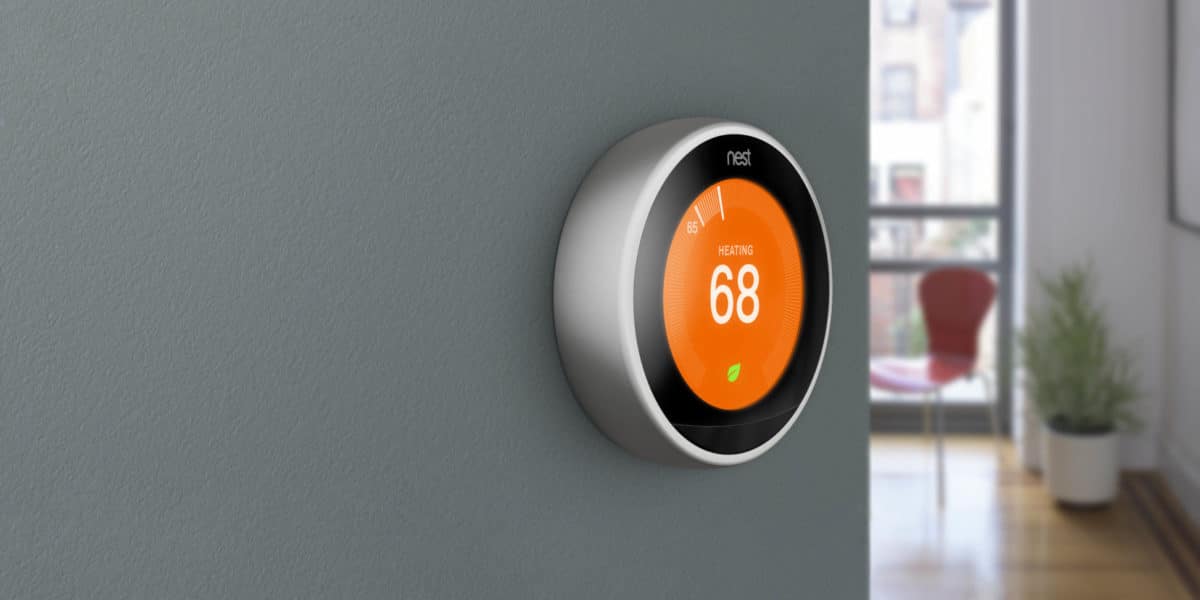The Nest allows you to optimize your heating and cooling to balance comfort and energy usage. Google says that since 2011, Nest users have saved 22 billion kWh globally, enough to power the planet for one hour. Cooling alone is near 10% of U.S. electricity usage – a $40 billion a year market.
OhmConnect ties together local electricity users based upon their power plants and market opportunities, and gives them guidance on when to and when not to use electricity to minimize CO2 emissions. In key regions – much of California, Toronto and some of Texas – the company sells these distributed demand response services to electric utilities, and shares that money with the individual electricity savers – which the company says is over $5 million in total payouts.
Now, OhmConnect has added automated Nest management to their services by becoming an official Google partner in the “Works with Nest” program. The system works by shifting the Nest into Eco Temperature mode – more energy efficient – whenever OhmConnect notes #OhmHours timing is on. OhmHours are peak demand moments that would be powered by gas peaker plants. OhmHours gives users day ahead notifications to lower use, or 15 minute notifications when the market dictates.
In addition to the Nest – OhmConnect works with Google Home and its lighting management, smart plugs and power strips, smart car charging and using solar power. The company markets a Hive Home package that includes active lights which cool color limiting usage, a smart plug, window or door sensors, motion sensors and a thermostat while tying into Amazon Alex, Google Assistant and IFTTT.
This progress in the behind-the-meter energy services market has big implications for solar. Demand response is one of the key resources that can allow grids to integrate more wind and solar at a lower cost, but allowing customer behavior to follow the movement of power markets, which in turn will be increasingly dictated by the availability of power from wind and solar.
This content is protected by copyright and may not be reused. If you want to cooperate with us and would like to reuse some of our content, please contact: editors@pv-magazine.com.








By submitting this form you agree to pv magazine using your data for the purposes of publishing your comment.
Your personal data will only be disclosed or otherwise transmitted to third parties for the purposes of spam filtering or if this is necessary for technical maintenance of the website. Any other transfer to third parties will not take place unless this is justified on the basis of applicable data protection regulations or if pv magazine is legally obliged to do so.
You may revoke this consent at any time with effect for the future, in which case your personal data will be deleted immediately. Otherwise, your data will be deleted if pv magazine has processed your request or the purpose of data storage is fulfilled.
Further information on data privacy can be found in our Data Protection Policy.